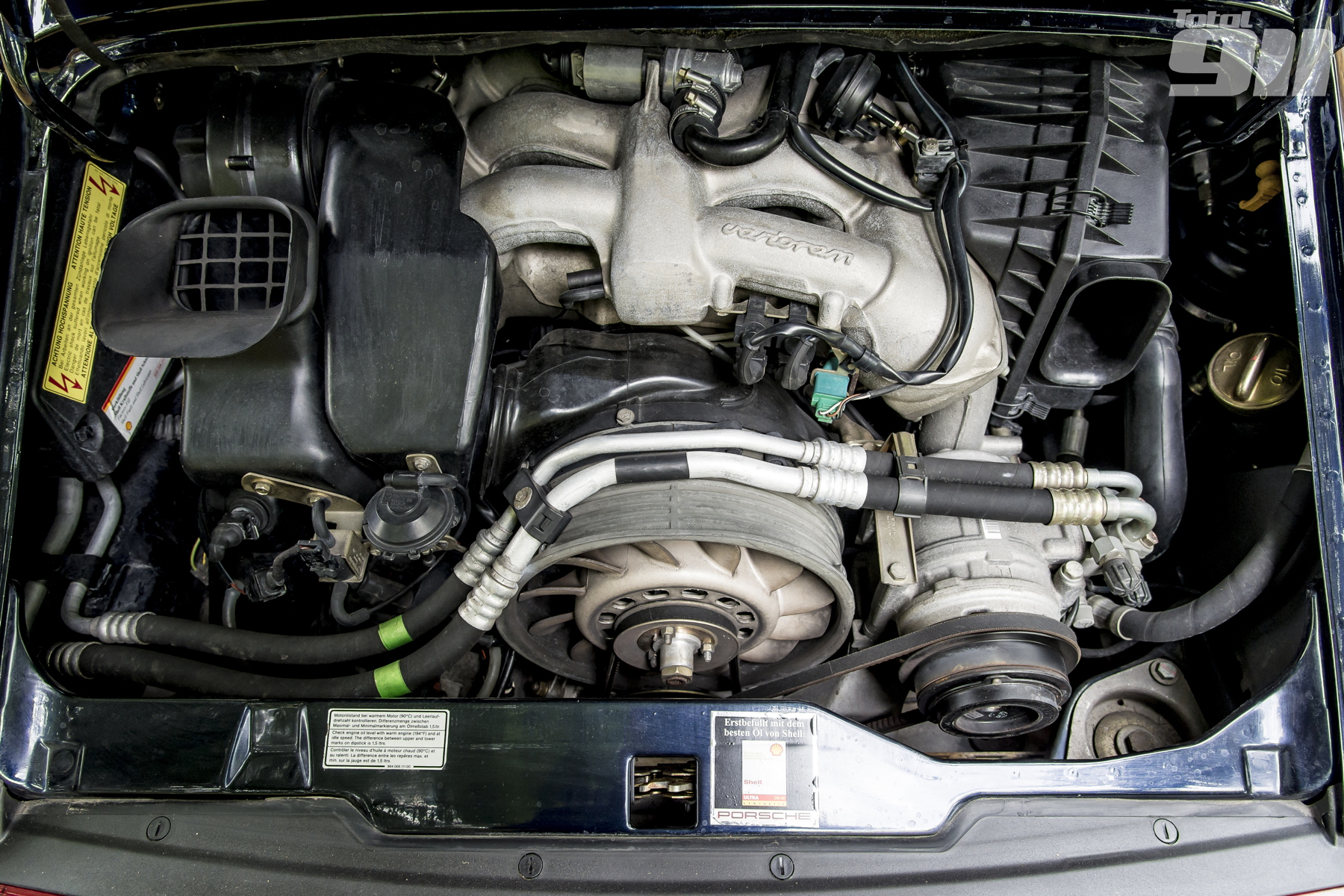Technology explained: VarioRam
Porsche’s VarioRam induction system was designed to improve low to mid-range torque by optimising airflow at different rpms. Introduced on the 993 Carrera RS’s M64/20 engine in 1995, the technology was then rolled out onto the standard 993 Carrera range with the introduction of the 1996 M64/21 engine.
The previous M64/05 engine made use of a single throttle body, and a resonance chamber tuned to make use of Helmholtz Resonance (where pressure pulses caused by the opening and closing of the intake valves cause air to be bounced off the walls of the resonance chamber and forced into the combustion chamber).
VarioRam adds a second, upper throttle body that flows through to a central plenum. From this central plenum, six vacuum-operated induction runners are mounted.
Below 5,000rpm, the ECU electronically triggers these six runners (one for each cylinder) extending them to nearly twice their normal length, using rubber seals to cut off the primary throttle body and resonance chamber.
The resulting increase in runner length makes use of the Venturi effect – by reducing the cross-sectional area the speed of the airflow is increased. The increased air velocity aids cylinder charging, while lowering the optimal rpm for resonance induction.
By improving low-range airflow, VarioRam engines enjoy around 20 per cent more torque at 5,000rpm than non-VarioRam units.
Once the engine reaches 5,000rpm, and the throttle is more than 50 per cent open, the induction runners are retracted to their normal length. The primary throttle body is reengaged, and one of the connecting tunnels between the two banks of the resonance chambers is opened via a vacuum operated valve.
Above 5,800rpm the second connecting tunnel is opened, again through the use of a valve. These final two stages operate in the same way as non-VarioRam engines, using the resonance chamber to improve the volumetric efficiency of the engine at high rpm.
Our online ‘technology explained’ features are the perfect way to brush up on Porsche’s increasingly complex engineering. Read them all here.


Comments (0)